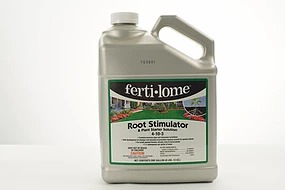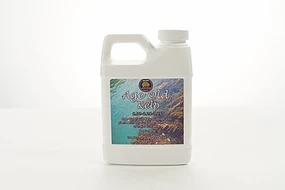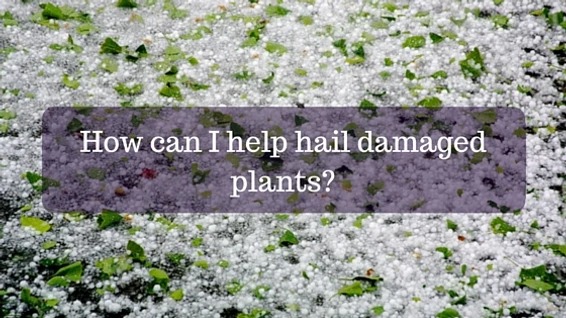With all the recent hail storms, do you have any advice to help our flower and vegetable gardens get back to normal? – Barbara
Like death and taxes, hail storms are a sad inevitability for Colorado gardeners. The entire Front Range sits smack dab in the middle of “Hail Alley,” one of the most hail prone regions in the entire world. Hail Alley, which includes parts of Colorado, Nebraska and Wyoming, averages 7 to 8 days of hail each year. By some estimates, hail has caused over $3 billion worth of damage in Colorado over the past 10 years. The good news is that, unlike the hood of your car, most plants can recover naturally from hail damage. They just need time, energy and water.
Time
Be patient with your hail damaged plants. It can take a while, sometimes multiple seasons, but as long as the plants still have some foliage left on them, they have a good chance at recovery. However, if all the leaves have been stripped off by the hail, it might be time to replace that plant.
Water
Your plants needs water to recover, but too much or too little will just add extra stress. More than anything, they need consistent water. It’s usually best to water based on need instead of on a set schedule. To check, stick your finger into the soil about 2 inches deep. If it feels dry at that depth, give the plants a long, deep drink. If the soil feels wet or soggy, let the water drain and check again the next day.
Energy
Like water, a recovering plant needs energy, but too much will do more harm than good. High nitrogen fertilizers tend to put plants into overdrive, forcing them to push out a lot of unnecessary new growth when they need to be focusing on recovery. Instead, we recommend using a root stimulator or kelp fertilizer to give your plants a little extra energy.

A root stimulator encourages the plant to grow more feeder roots, which helps it take up more water and nutrients from the soil. It’s often used at planting to cut down on environmental stresses and to help the plant establish quickly. Using a root stimulator once a week for a month gives the plant a little boost without the adding stress. Kelp contains phytoplankton, which helps heal cell walls, increases nutrient uptake and reduces stress. Kelp can be applied as a liquid or a granular, but we find a liquid used as a foliar spray gets the best results. Spray your plants’ leaves with the kelp solution once a week for a month.

Pruning
Remove any stems or branches that were broken by the hail. Dead or damaged plant parts are a doorway to garden pests and disease. Your recovering plants are much more susceptible to bugs and fungus, so keep a close eye on them for any signs of sickness or infestation.

